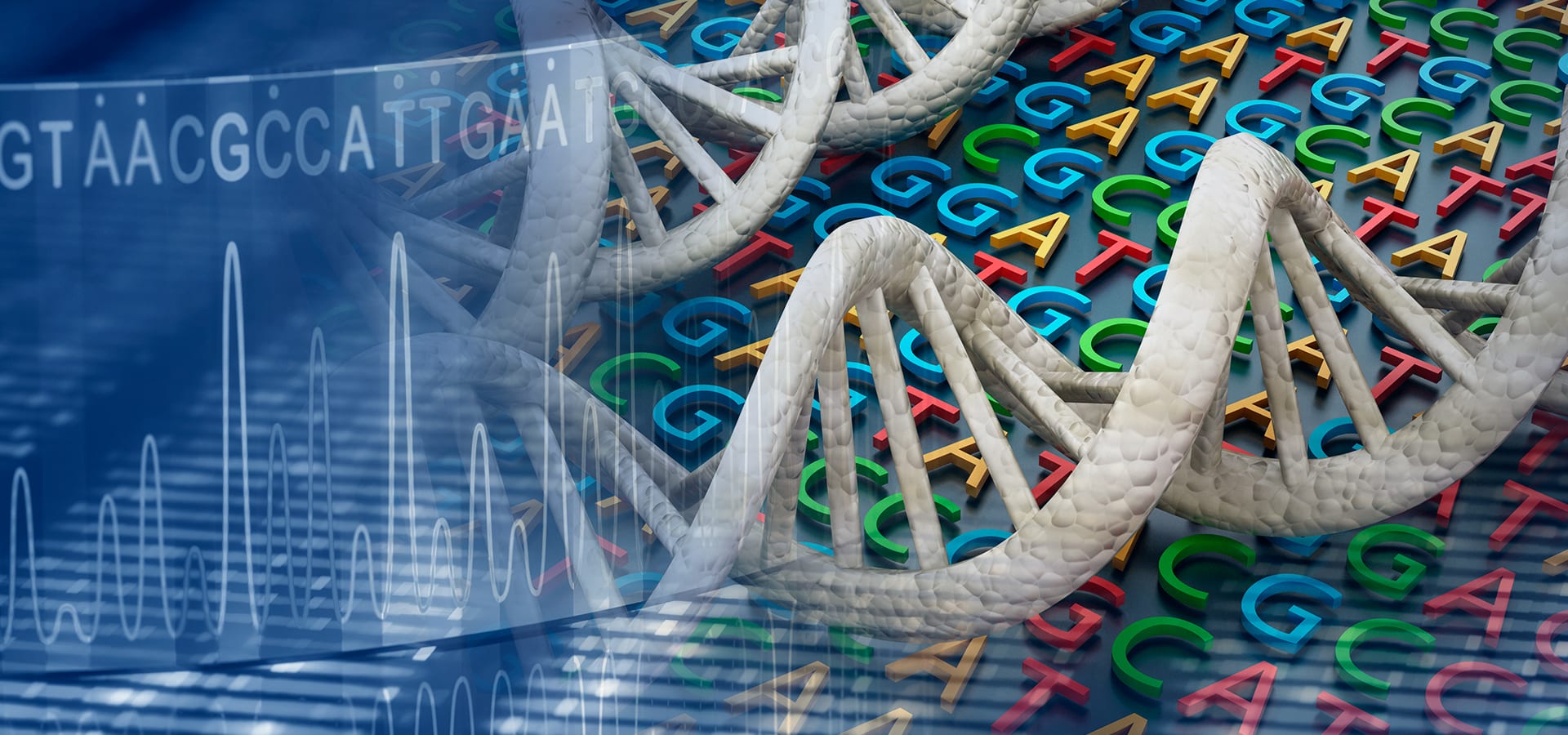Sequencing platforms, essential technologies for determining nucleotide order in DNA or RNA, have brought about a revolution in genomics, molecular biology, and biotechnology. These platforms empower researchers to delve into the genetic foundations of life, disease, and evolution. With distinct advantages and limitations, various types of sequencing platforms exist, particularly next-generation sequencing (NGS) platforms. These platforms excel at producing millions of sequences in parallel at both low cost and high speed.
Next-Generation Sequencing Platforms: A Comparative Overview of DNA Revolution
After introducing sequencing platforms and their types, let’s compare four major NGS platforms : Roche/454 sequencing, Ion Torrent/proton sequencing, Illumina sequencing, and ABI/SOLiD sequencing.
- Roche/454 Sequencing :
-
-
- Utilizes pyrosequencing to detect pyrophosphate release during nucleotide incorporation.
- Generates long reads (up to 1,000 bp), beneficial for de novo assembly, metagenomics, and structural variation analysis.
- Prone to errors in homopolymer regions and has a high cost per base.
-
- Ion Torrent/Proton Sequencing :
-
-
- Relies on semiconductor sequencing, measuring pH changes during DNA synthesis.
- Fast, scalable, and cost-effective, producing reads up to 400 bp.
- Experiences errors in homopolymer regions, with lower throughput and accuracy compared to other platforms.DNA Revolution
-
- Illumina Sequencing :
-
-
- Employs reversible terminator chemistry for cyclic addition and removal of fluorescently labeled nucleotides.
- Widely used, with the highest throughput and accuracy among NGS platforms, generating reads up to 300 bp.
- Initial high cost, requires substantial DNA input, and faces challenges in sequencing low-complexity or high-GC content regions.
-
- ABI/SOLiD Sequencing :
-
- Utilizes sequencing by ligation, involving sequential ligation and cleavage of fluorescently labeled oligonucleotides.
- Offers high accuracy and sensitivity, with reads up to 75 bp.
- Has a low throughput, complex data analysis, and a high error rate in low-complexity or high-GC content regions.
Conclusion :
In conclusion, the choice of sequencing platform depends on factors such as the research question, budget constraints, and available resources. Each platform has its strengths and weaknesses. In the next section, we will explore applications and challenges of NGS across various biological domains. Stay tuned for more insights!
Citation :-




